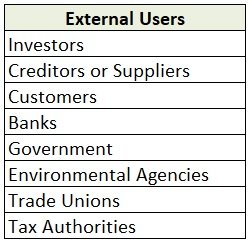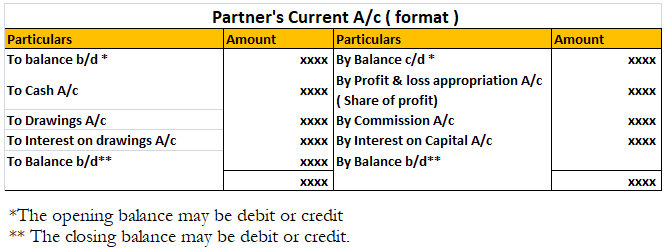In trial balance, the treatment of the general reserve is that it is presented on the credit side. A trial balance is a statement prepared to check the arithmetical accuracy of the books of accounts. It features the closing balances of all the assets, liabilities and equity of a business. General reRead more
In trial balance, the treatment of the general reserve is that it is presented on the credit side.
A trial balance is a statement prepared to check the arithmetical accuracy of the books of accounts. It features the closing balances of all the assets, liabilities and equity of a business.
General reserve is a free reserve created out of revenue profits of a business to meet future needs and uncertainties. By free reserve, we mean dividends can be freely declared and distributed out of it.
Since the general reserve is an internal liability i.e. liability to the owner or owners or the business, it has a credit balance and is hence shown on the credit side of the trial balance.
See less




A contra account is a general ledger account that is used to reduce the value of the account related to it. Basically, a contra account is the opposite of its associated account. If the associated account has a debit balance, then the contra account would have a credit balance. They are used to mainRead more
A contra account is a general ledger account that is used to reduce the value of the account related to it. Basically, a contra account is the opposite of its associated account. If the associated account has a debit balance, then the contra account would have a credit balance. They are used to maintain the historical value of the main account while all the deductions are recorded in the contra account, which when clubbed together show the net book value.
For example
if the cost of machinery was Rs. 50,000 and the company wants to preserve its original cost, then the accumulated depreciation of such machinery is recorded separately. Let’s say Rs 10,000 was the accumulated depreciation. Then such amount is recorded in the contra account named accumulated depreciation account. This makes the net value of the machinery Rs 40,000.
Types
There are various types of contra accounts such as contra asset, contra equity, contra revenue, and contra liability.
Accountants make use of contra accounts instead of reducing the value of the actual account to keep the financial statements clean.
See less